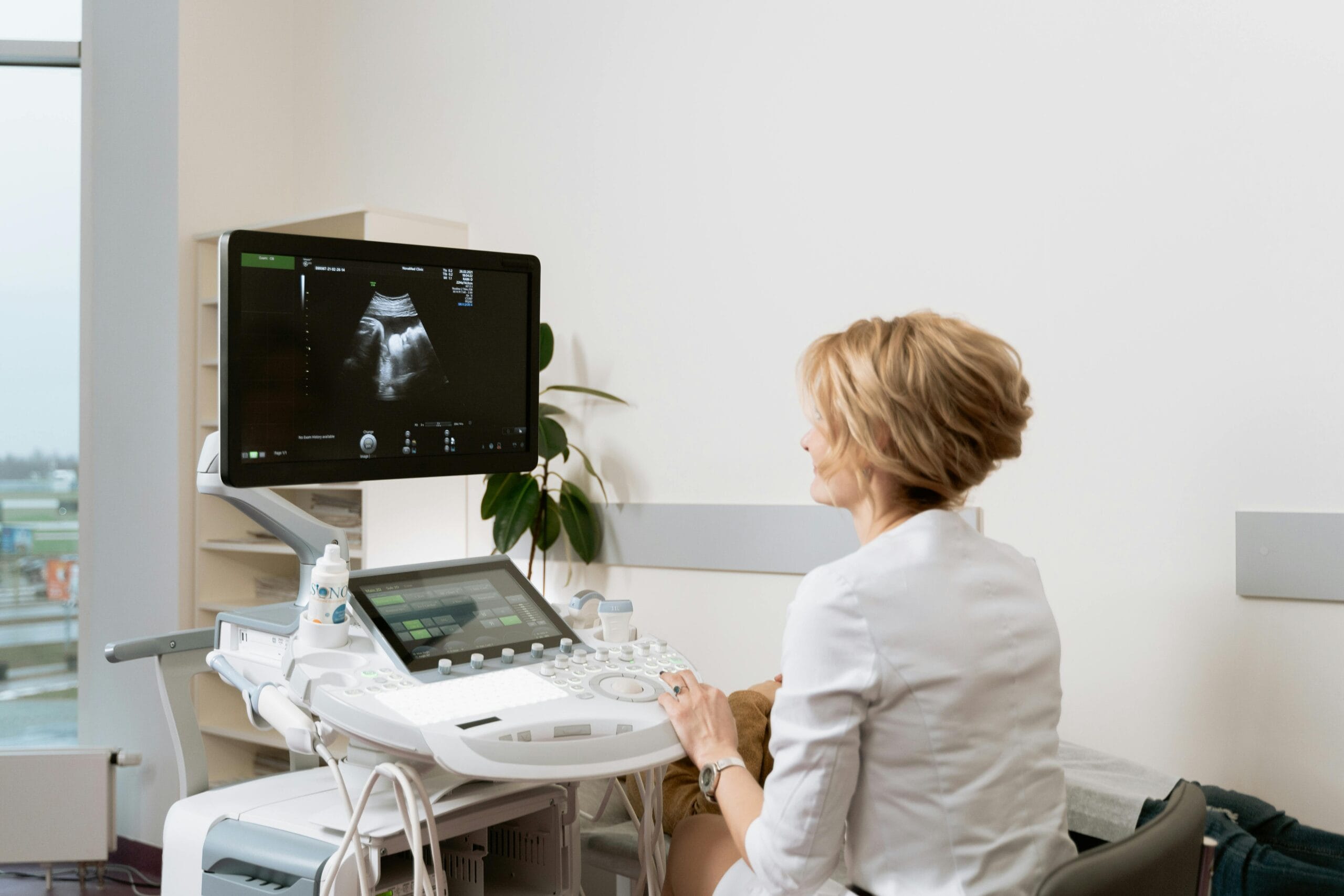
In the world of modern medicine, some innovations make headlines, and they tend to arrive with excitement and promise to change everything overnight. Others, however, slip quietly into daily practice, becoming essential without ever demanding attention. Ultrasound is one of those quiet game-changers. It’s not flashy, it doesn’t involve lasers or robots, but it has completely transformed how doctors look inside the human body, safely, gently, and in real time. In this cutting-edge world, more and more individuals ought to discover the amazing benefits of ultrasound technology and how this advanced machine has reshaped the world of diagnostic medicine.
Ultrasound technology 101
In plain words, ultrasound uses high-frequency sound waves to create images of the inside of the body. It works a bit like sonar or echolocation, very similar to how bats or dolphins “see” by bouncing sound off objects. A small device called a transducer sends sound waves into the body. These waves bounce back when they hit something, just like an organ or a baby in the womb; later, a computer turns those echoes into images. No surgery. No pain. No radiation. Just sound.
Why resort to ultrasound technology?
Unlike X-rays or CT scans, ultrasound doesn’t expose you to radiation. That makes it one of the safest ways to look inside the body, especially for pregnant women and babies. It’s also fast, affordable, and widely available. You’ll find expert ultrasound imaging machines not just in big hospitals, but in small clinics all across Australia, ambulances, and even in remote areas with limited resources. It’s the medical equivalent of a quiet hero, basically, always there, always working, and often underappreciated.
Not just for pregnancy
Very often, when most people think of ultrasound, they picture a glowing screen showing a baby in the womb. That’s one of its most famous uses, and surely one of the most emotional. Seeing a tiny heartbeat flicker on the screen is an unforgettable moment for many parents. However, ultrasound goes far beyond pregnancy.
In heart care, for example, it helps doctors see how well the heart is pumping and whether valves are working properly. In emergency rooms, it can quickly detect internal bleeding, collapsed lungs, or fluid buildup. This can be the difference between life and death. In addition, it’s used to guide needles for safe injections, check muscles and joints for injuries, and monitor tumours without needing surgery. In short, it’s everywhere, and it’s helping in more ways than most people realise.
A majestic tool for empowering diagnostics
One of the more human aspects of ultrasound is how it empowers not just doctors, but patients too. Unlike many other forms of medical imaging, ultrasound allows the patient to be an active part of the experience. You can watch the screen as the doctor points out your beating heart, a baby’s tiny limbs, or a kidney stone in motion. This shared visual moment helps people better understand their bodies, ask questions, discover some common diseases, help doctors diagnose certain problematic areas, and help patients feel more in control of their health. In a healthcare system that can often feel intimidating or impersonal, ultrasound offers a rare moment of connection between patient and provider.
Bringing education through imaging
Ultrasound is also becoming a powerful educational tool, again not just for professionals, but for students and trainees as well. In medical schools around the world, it’s being used to teach anatomy in real time. Instead of learning from static diagrams, students can now see how the liver moves with each breath or how blood flows through the heart’s chambers. This hands-on learning bridges the gap between textbook knowledge and living, breathing biology. It’s helping train a new generation of doctors who are more confident, precise, and attuned to the body’s subtle cues.
Embracing the power of real-time imaging
One of ultrasound’s biggest advantages is that it shows movement. You can watch a heartbeat, see lungs expand, or follow blood flow through veins. This live view helps doctors make quick, informed decisions. For instance, they can watch in real time as they insert a needle into the right spot, avoiding guesswork and reducing risks. Unlike a snapshot from an X-ray or MRI, ultrasound gives you a short video or a moving picture of what’s happening inside the body right now.
Tiny machines with huge impact
Years ago, ultrasound machines were big, bulky, and expensive, luckily, the technology has come a long way. Today, some ultrasounds are handheld and connect to a smartphone. That means a doctor in a remote village or a paramedic in an ambulance can carry powerful diagnostic tools in their pocket. This is huge for global health because, for instance, in places without access to big hospitals or expensive machines, ultrasound brings high-quality care where it’s needed most. It’s a quiet revolution in portability and access.
Revolutionizing diagnostics smarter
Ultrasound technology is also getting smarter without a doubt. New machines use artificial intelligence to help doctors interpret images more accurately, meaning that doctors would be able to deliver faster diagnoses and make fewer mistakes. There are also 3D and even 4D ultrasounds now, which create detailed, lifelike views of organs and babies, adding another layer of clarity for both doctors and patients. Also, some ultrasounds can even measure how stiff tissues are, which helps spot diseases like liver fibrosis or certain cancers. As the technology improves, so do its possibilities.
Surpassing the challenges
It is fair to note that ultrasound isn’t perfect. Sometimes, things like body size or gas in the intestines can block clear views, and results can vary depending on who’s operating the machine. Training and experience are of extreme importance. Fortunately, the field is constantly evolving, and newer machines are easier to use, with better image quality and features that help guide the user. With the help of AI and improved design, the learning curve is becoming less steep. The future is pointing toward more consistent, accurate, and accessible ultrasound use around the world.
Final thoughts
All in all, ultrasound rarely gets the spotlight. It doesn’t make flashy headlines, but on the other hand, it has quietly become one of the most trusted tools in medicine. It listens instead of blasts, it sees without cutting, it diagnoses without danger, and above all, it saves lives every single day with barely a whisper. Whether it’s helping a doctor in a high-tech hospital or a nurse in a rural health post, ultrasound is working silently, steadily, and with remarkable grace.







